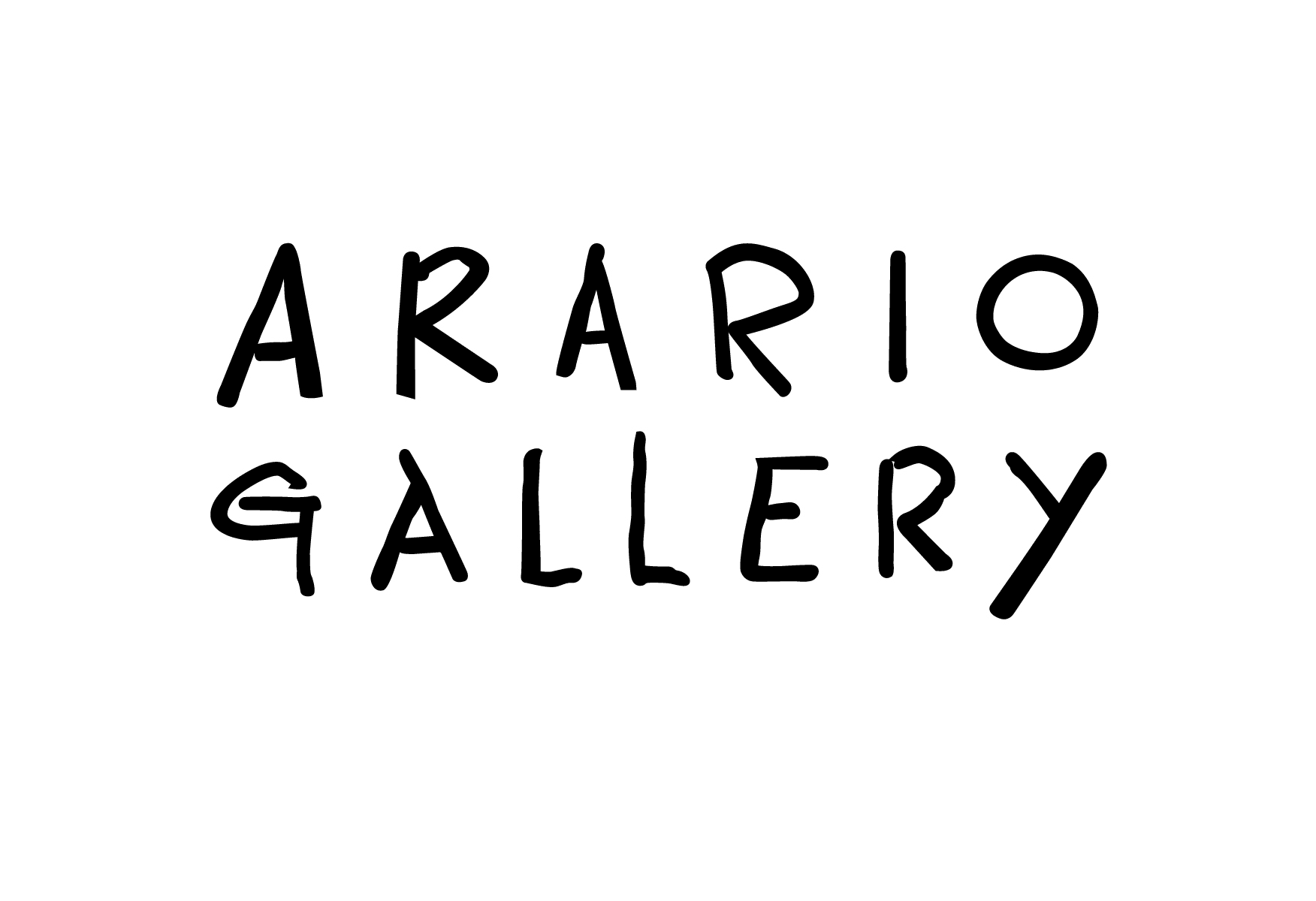The artist JUNG Kangja (1942-2017) was often perceived by the public as a 'strong woman' or a 'sensual woman,' and for a long time, she was largely forgotten. However, since the 2000s, there has been a gradual reevaluation of her work, recognizing her as a pioneering figure in Korean experimental art, though thorough research and evaluation of her work are still lacking.
Looking back, JUNG Kangja's art was both challenging and innovative. She was a pioneer in South Korea with her first nude performance, "Transparent Balloon and Nude" (1968), which challenged male-dominated perspectives and values. Another notable work was "Homicide on the Han River" (1968), where artists entered sand pits, and audiences poured Han River water over them, critiquing the established art world. Her first solo exhibition, Incorporeality (1970), featured participatory art without actual paintings, but it was forcibly demolished by the authorities. Her art was too progressive for the rigid, patriarchal South Korean society of the dictatorship era. In 1977, JUNG Kangja moved to Singapore with her family.


